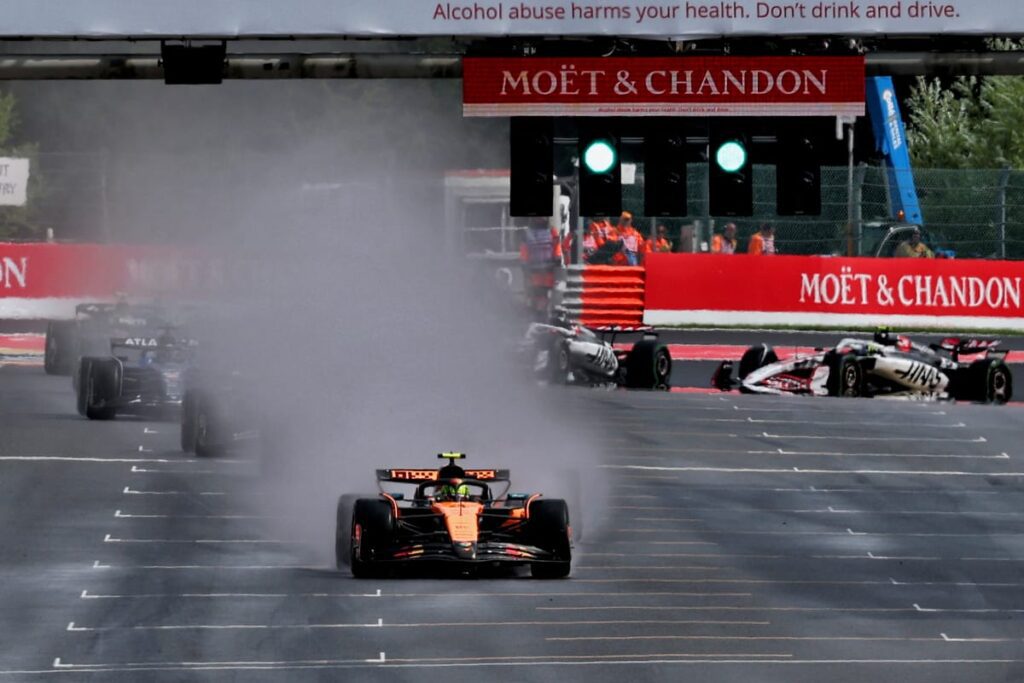The ongoing issue of poor visibility during rainy Formula 1 races remains unresolved with current ground-effect vehicles, highlighted by the recent Belgian Grand Prix weekend. This has reignited discussions about safety in wet conditions. Max Verstappen criticized the lengthy delays in starting the race, suggesting they were unnecessary, while George Russell emphasized the dangers posed by limited visibility, especially in treacherous areas like Spa’s Raidyon Corner.
Despite calls for quicker action, concerns over safety led the FIA to be cautious, reflecting on lessons from previous incidents. The primary problem isn’t tire grip but the spray generated by cars, which hampers visibility. Efforts to design wheel rain guards have failed to alleviate this issue, with most spray coming from the floor, complicating potential solutions without compromising car performance.
As F1 moves towards new regulations for 2026 that may reduce downforce, the challenge of visibility in wet conditions persists. Ultimately, the FIA’s cautious approach is aimed at ensuring safety, prompting acknowledgment from team leaders like Ferrari’s Fred Vasseur. The consensus remains that without a reliable solution to manage spray, waiting for improved conditions is the safest option.
Source link


